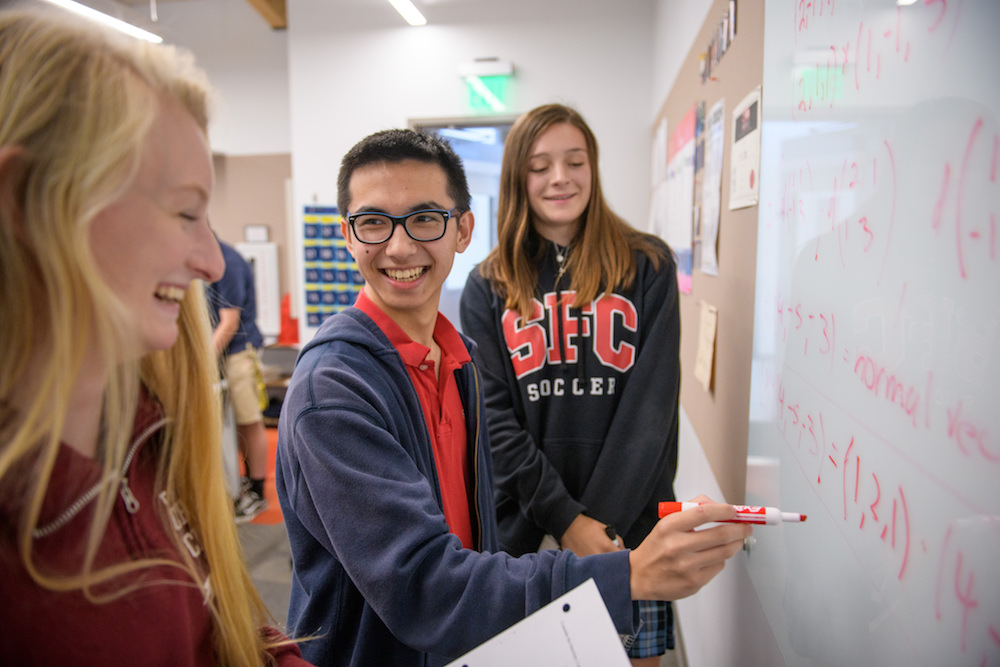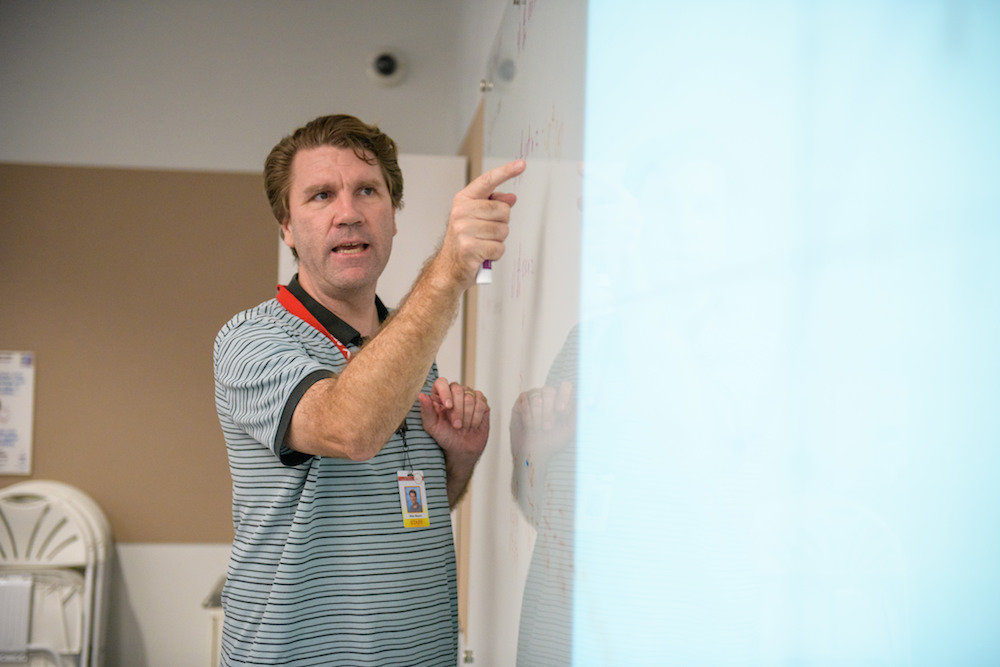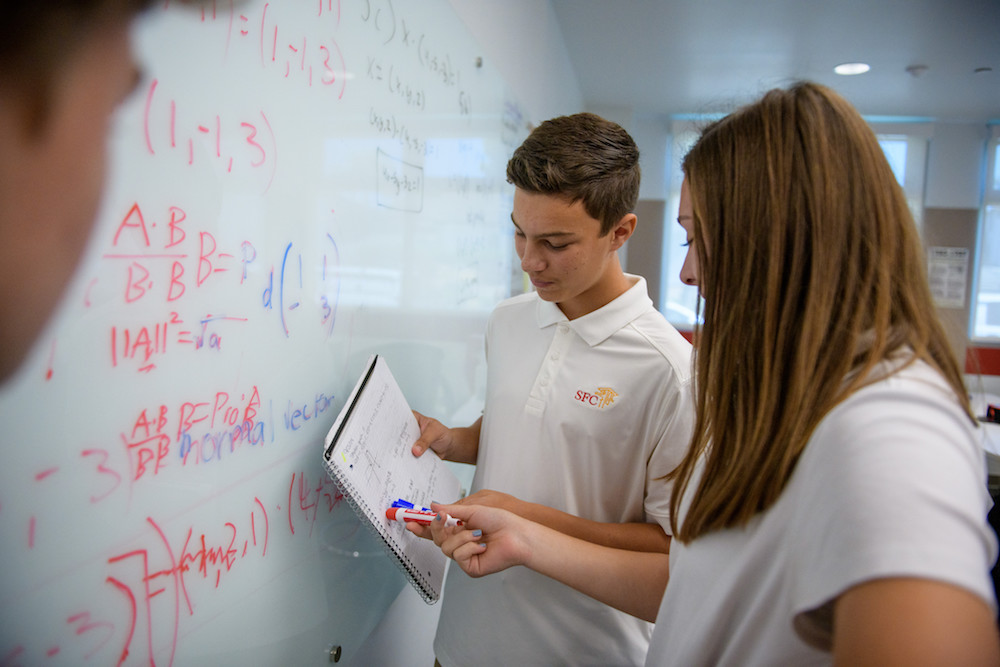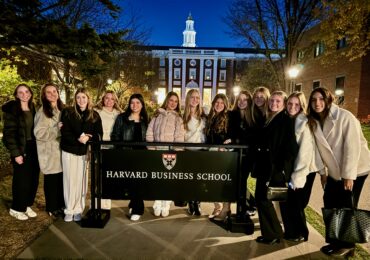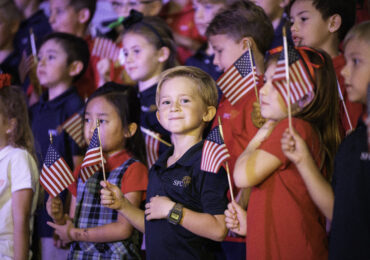In 2018, Texas Instruments (TI) commissioned an education survey that involved 1,000 middle and high school students from across the United States. The purpose was to gauge the young people’s perceptions and feelings about math, and the findings were enlightening. Nearly 50 percent of the students said they either “love” math or “really like” it. “Think about that for a moment,” says Peter Balyta, TI’s president of Education Technology. “Nearly half of all kids have positive feelings about math! That’s an encouraging statistic and one we as educators, parents and society should embrace.”
“Teaching techniques have evolved,” says Balyta, “and more and more kids today are learning something much more valuable and useful: algebraic thinking, number sense, and how to use multiple representations and reasoning to solve real-world problems.” He goes on to say that it is essential for children to learn the importance and value of math at an early age: “If we can instill a passion for math at a young age, and continue to fuel that passion, it becomes that much easier for children to grow and leverage their love and knowledge of math and to find creative solutions to some of the world’s greatest challenges, from healthcare to the environment.”
At Santa Fe Christian, young people learn not only how to solve math problems, but also how to apply these skills beyond the classroom. Whether it’s in advanced math classes, college courses, or their future careers, at SFC, students will have the tools to solve challenging problems in math and in life.
Foundational learning
The goal in Elementary School math is to create a foundation where students can build upon their skills as they move up from one grade to the next.
First-grade teacher, Laura Pierson, begins her math lessons with story problems to engage students and help them build critical thinking skills. From there, she uses different types of problems throughout her lessons to keep her students interested while meeting their individual needs.
By the fourth grade, students at SFC have learned a fundamental truth about math: it is not only about numbers, but problem-solving too. The importance of problem-solving demonstrates that there are a variety of ways to solve a problem — critical thinking skills enable them to reach the best one.
Once students solve a problem, teachers encourage them to talk about their process and explain why they used a particular strategy. Fourth-grade math teacher Julie Johnson explains, “Students may say a strategy works because it produced the right answer – I challenge them to think about why and how it led to the right answer.” This is where teachers watch their students grow the most because they learn math is more than memorizing formulas — it is about understanding the logic and process of problem-solving.
Interested in experiencing Santa Fe Christian? Connect with us
Strong emphasis on problem-solving
Once students reach SFC Middle School, they continue building on their skills for the more challenging classes in High School. Middle School math teacher Ryan Gillette believes it’s his job to help kids get ready for that next level of instruction. He wants to give his students a solid foundation so when they move on to calculus and other high-level math classes, they will be challenged and grasp the more difficult material.
In teaching his pre-algebra and algebra 1 classes, Gillette intentionally avoids requiring students to memorize calculations. “It’s much more about being a mathematical thinker as opposed to being a calculator,” says Gillette. “It’s about how they approach the problem, use their tools, and push through.”
In Middle School, students have the option to take a class called Math Problem Solving taught by High School math teacher, Mike Maxon. One of the concepts students learn is known as combinatorics, which Maxon describes as “a fancy word that means counting.” More specifically, it involves figuring out the various ways a particular event can occur. Maxon uses the example of a standard deck of 52 playing cards. Based on the standard five cards, players are dealt in a poker game, students use combinatorics to figure out how many different ways a full house could be dealt.
Like his fellow teachers, Maxon emphasizes the value and importance of the problem-solving aspect of mathematics. By mastering the solutions to difficult math problems, young people can apply those skills to solving problems in life, including in their future careers.
Maxon’s students often come back long after they’ve graduated, some in college and others, working in their chosen careers. These students are grateful for the math education they received at SFC, explaining it helped them become superb problem solvers — both in STEM careers and other fields as well. “We’ve had students who’ve gone into non-STEM fields come back and say, ‘I’m a very good problem solver in my field, and I attribute that to the experiences that I had while I was at Santa Fe Christian,” said Maxon.
Bobby Briggs, a former student who graduated in 2019, says one of the benefits of taking an advanced math class at SFC was learning how to think more objectively about situations and ideas. “In most problems we solve, there are usually multiple solutions that are equally as right and effective,” he says. “This idea that there are multiple right solutions is applicable to multiple aspects of life, including topics like politics. I now think with a very open mind and consider multiple possible perspectives in debates. This objective thinking has also helped me in conflict resolution scenarios since it enabled me to understand two different sides, and create a compromise accordingly.”
Bobby adds that his entire way of learning changed because of his math studies at SFC. “I used to learn through memorization and would usually forget things after tests or quizzes,” he says. “I learned the how and why, so I have the ability to derive ideas about a subject independently.”
Math clubs and competitions
SFC also offers students opportunities to become involved in extracurricular math activities such as math clubs and math teams led by math teachers at every grade level. These clubs attract a wide variety of students, largely because the teachers make sure all students feel welcome. For instance, when Maxon is asked what a student needs to do to become a member of the math club, he answers, “Come to math club. We meet on Tuesdays at lunchtime.”
Alumnus Micah Lyle graduated from SFC in 2013 and went on to double major at Berkeley in Applied Mathematics and Computer Science. He remembers fondly how teachers went out of their way to recruit all kinds of students to join the math club. “No one was excluded from the math club; it wasn’t intimidating or unwelcoming,” says Micah, adding that even the most unlikely students joined the club and were enthusiastic about participating. “My friends who had never had any inclination toward math were suddenly participating in the American Mathematics Competition.”
The American Mathematics Competition (AMC), is the largest math competition in the United States. Both the Middle School and High School math clubs participate in this competition. Students from SFC also participate in another competition known as the Math Olympiads for elementary and middle schools, or MOEMS.
Why Santa Fe Christian?
Smaller class sizes allow teachers to identify more advanced students who are ready to move to higher levels of math. “The worst thing that can happen for a student who excels at math is to be bored in their math class,” says Gillette. He adds that kids who aren’t stretched enough may stop trying because everything is too easy for them. “They’re not challenging their brains to think about difficult high-level topics,” he says, “and this can diminish their skills and cause them not to excel at the level they should.”
SFC teachers are devoted to their students and do everything possible to help them not only learn math but love math.
